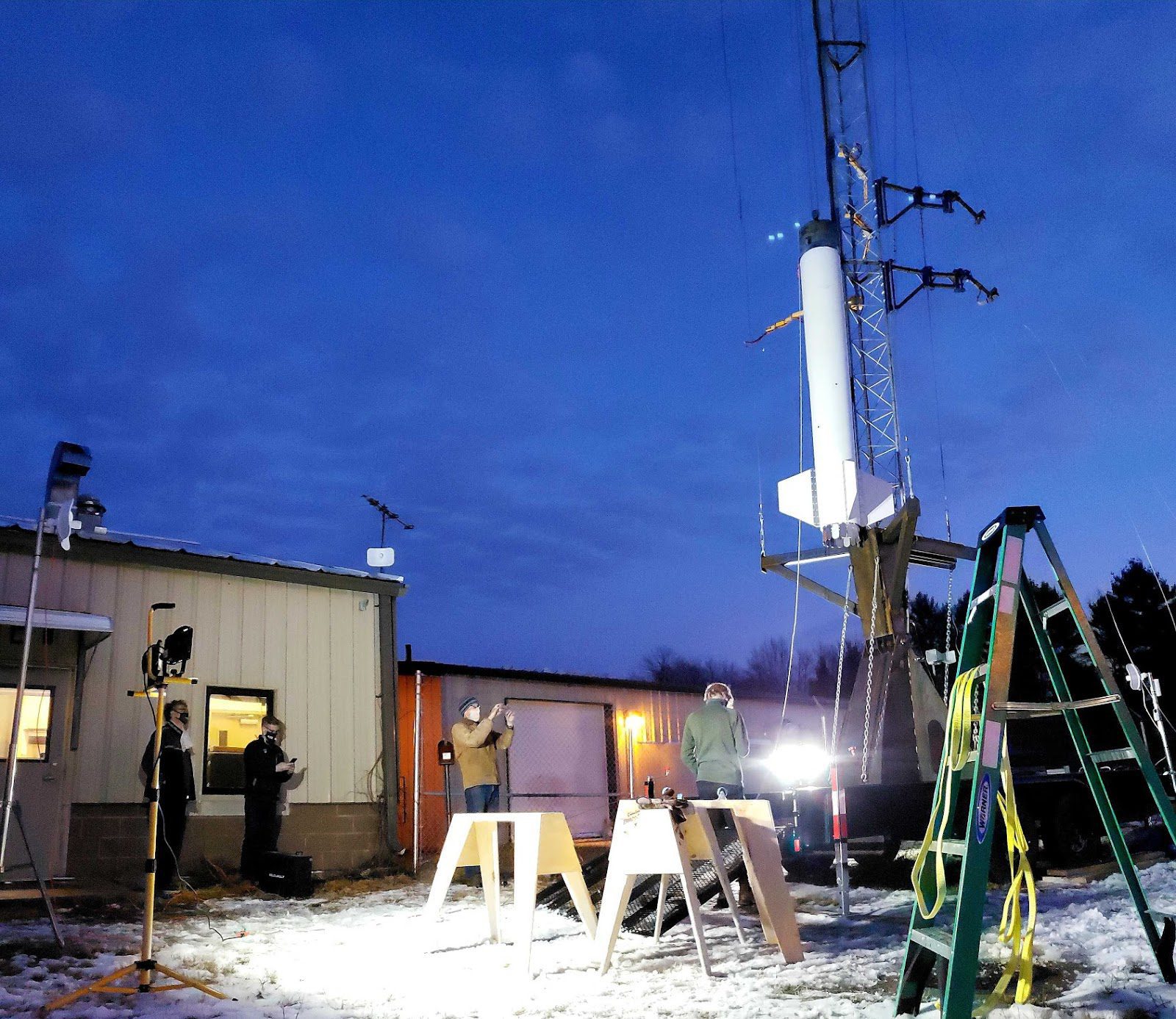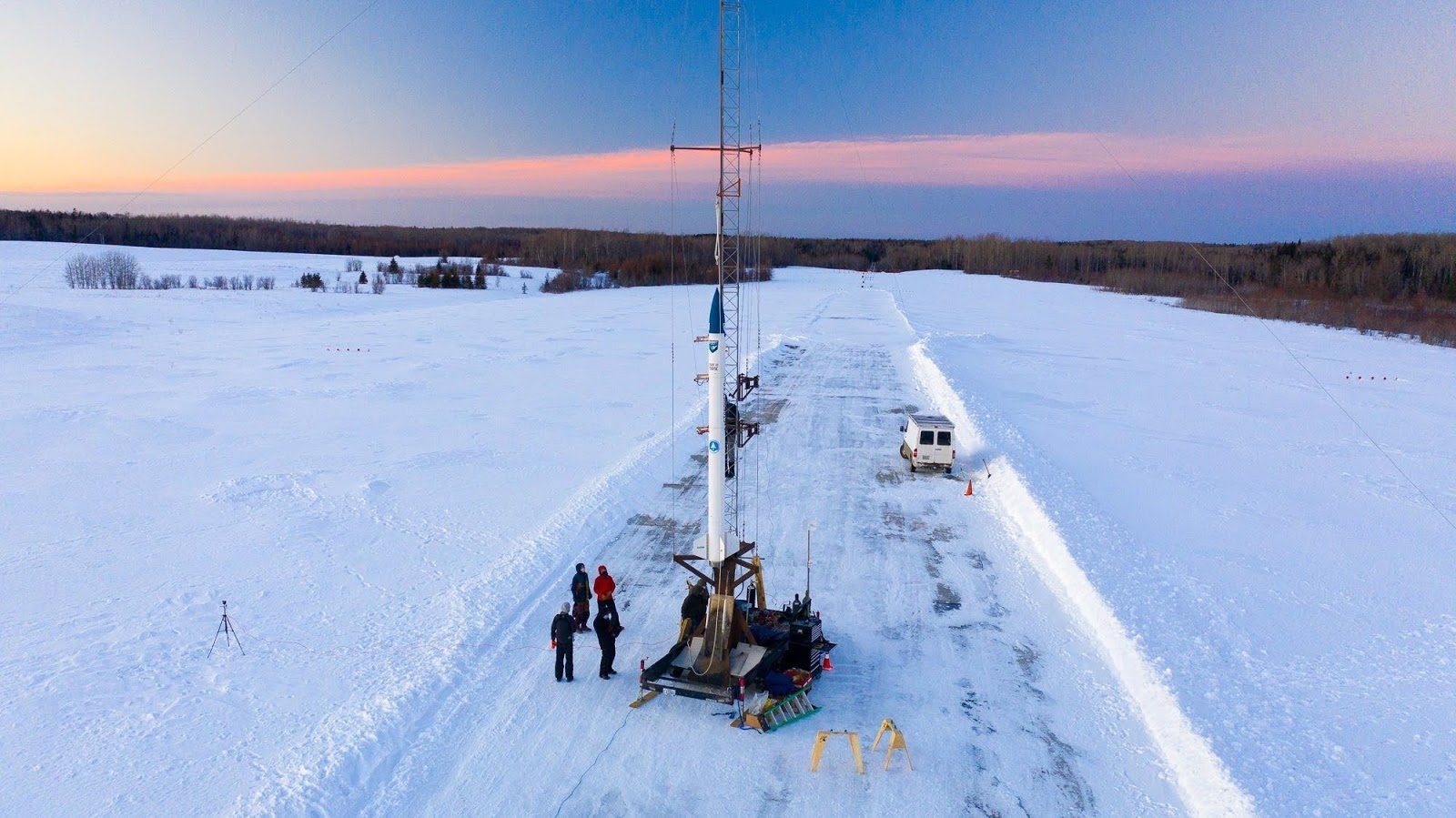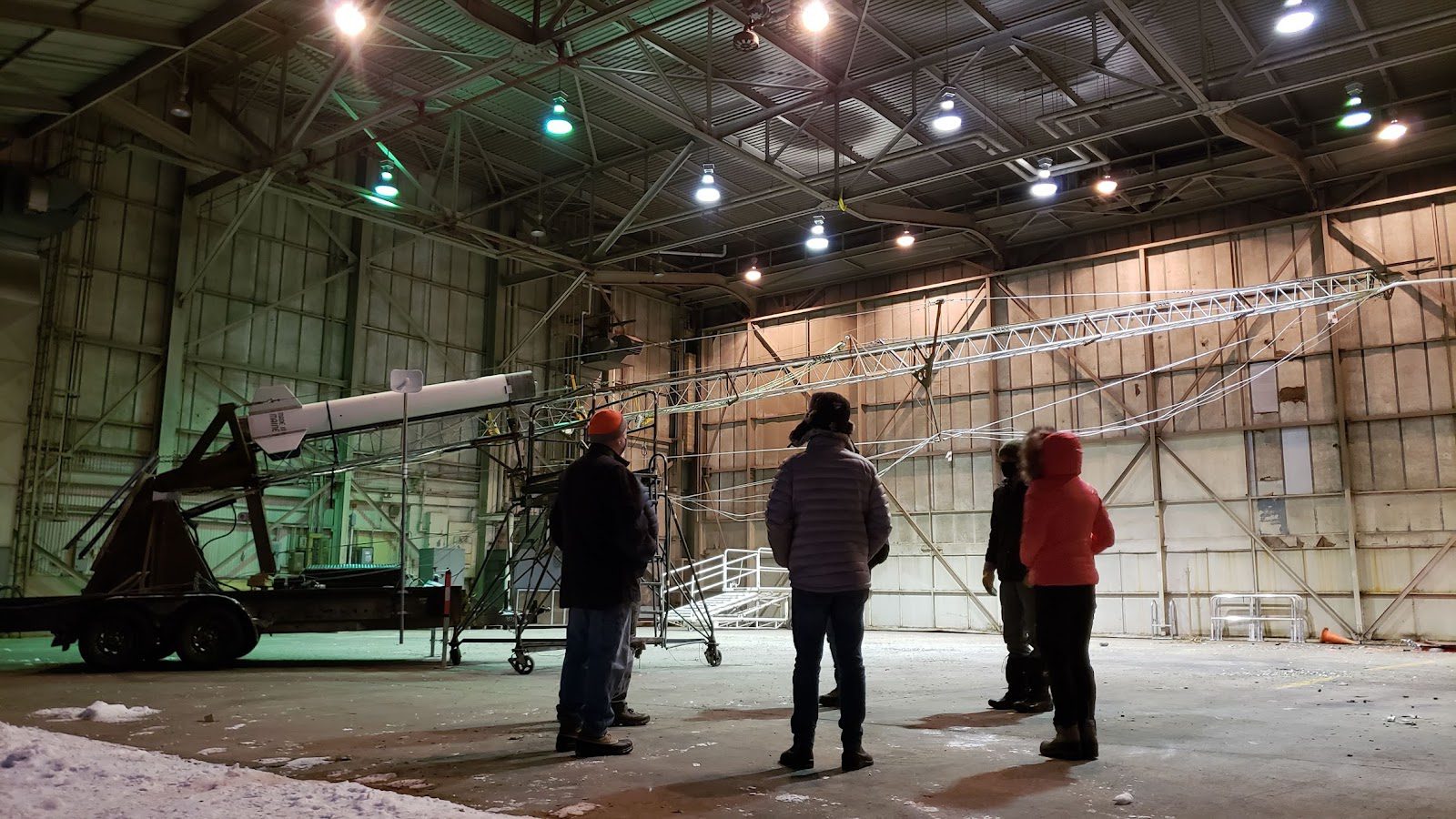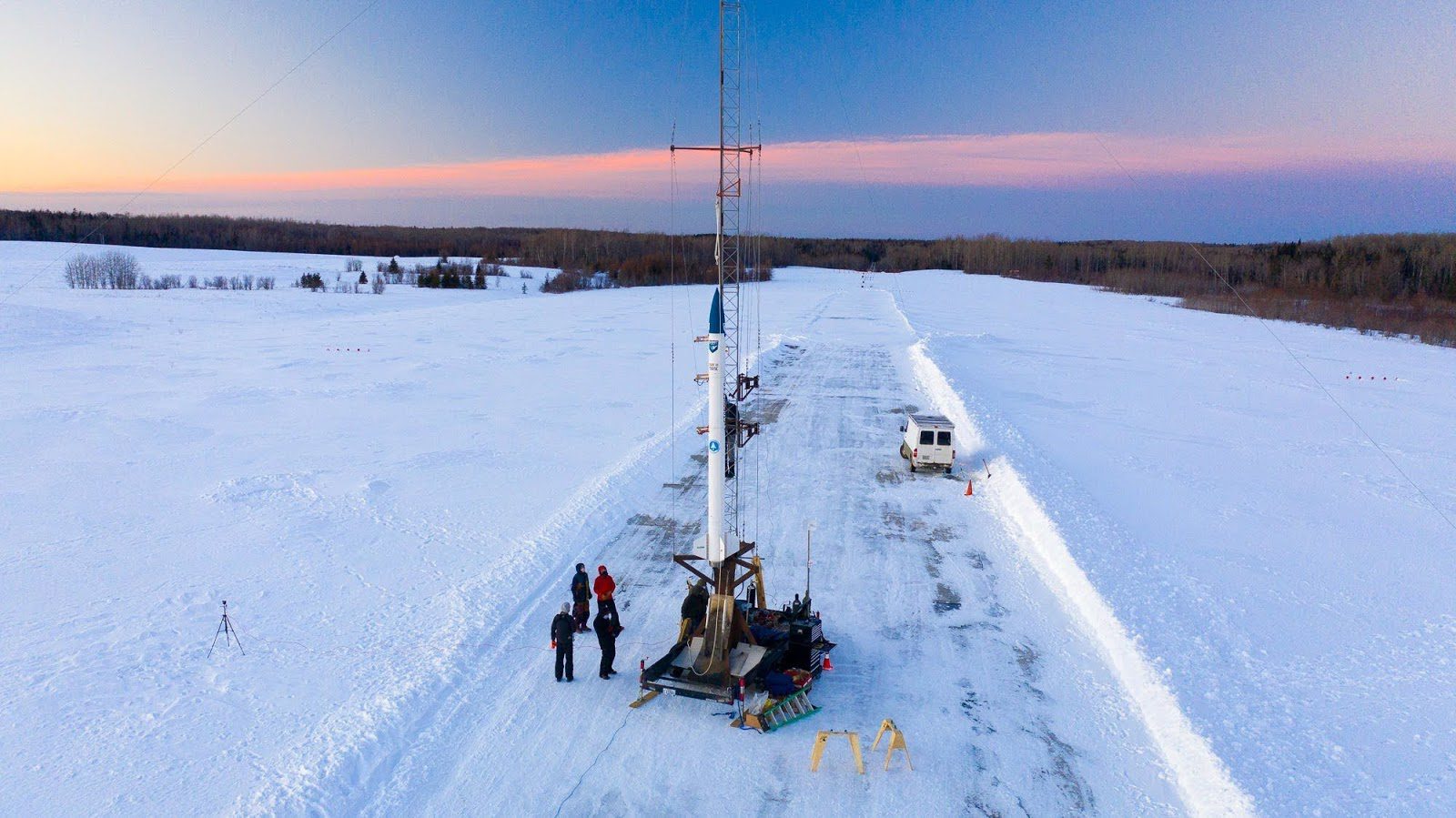Over 140 “nano-launch” aerospace companies are currently competing across the United States to become the next big name in small-scale rocket launches. The frequency of rocket launches is expected to explode in the coming decade, but these rockets don’t necessarily need to be the large, Apollo 11 or Space X Dragon-sized rockets. Nano-launch rocket companies across the country are testing rockets that launch small satellites into orbit, creating opportunities that will grant small-businesses, academics, or private citizens access to space and stable lower orbits.
A recent Frost & Sullivan survey predicted that revenues from small-satellite launches will reach $28 billion by 2030. Numbers like that mean cities across the country are scrambling to become the next name in nano-launches, and the country’s next spaceport may pop-up in a state famous for lobsters, wild blueberries, and craft beer. The spaceport has the potential to bring $2.5 billion to the state annually, as well as, 75,000 skilled jobs in its lifetime. Moreover, a renewable-powered “Mission Control” center could be the key to a cleaner future that can unlock the path to sustainable aerospace operations.

“We’re sitting on this really rich aerospace ecosystem,” Seth Lockerman, director of Communications for bluShift Aerospace shared in an interview with The Business Download. “By the Maine Space Grant Consortium’s count, there are 52 aerospace companies in the state right now.” bluShift is a NASA-backed nano-launch start-up that recently made headlines for launching StarDust 1.0 the first commercial rocket powered by bio-derived fuel and launching the first commercial rocket in Maine. These pioneers of sustainable aerospace want to become the Uber of space, and the successful launch of Stardust 1.0 drew nation-wide attention to a new bill supporting the construction of a spaceport right in the heart of Maine.
The words “Made In Maine” are boldly splashed across the front of bluShift’s Stardust 1.0. The young company is made up of Mainers who share a burning passion for rockets, robust respect for the environment, and a deep love of their home state. As vocal advocates for the Maine Spaceport, the team at bluShift is working hard to ensure more rockets will wear the words “Made In Maine.” As one of two nano-launch start-ups in Maine, bluShift makes a solid case for the state becoming the host of the country’s next spaceport. “We have all these building blocks [for a spaceport],” Seth mentioned. “We’re sitting on the former Brunswick Naval Air Station and Loring Air Force Base.”

The snow-packed, three-mile reinforced-concrete runway that served as the launchpad for Stardust 1.0, used to belong to the Loring Air Force Base. During the Cold War, this base served as the “first line of defense” from potential sneak attacks, but the base closed in 1994. Loring, which used to house everything from jet fighters to nuclear warhead-equipped B-52 bombers, could serve as the perfect location for the Maine Spaceport. “Unlike other spaceports, we don’t need to build much,” Seth said. Thanks to the existing facilities at Brunswick Naval Air Station and Loring Air Force Base, “more than two-thirds of the infrastructure is basically there,” Seth continued. “Not to mention the high latitude and the DownEast coastline with ocean overflight of about 1800 miles for launching to those polar orbits.” Meaning that Maine is in a unique geographical position on the globe that makes it the perfect place to launch rockets into a stable orbit over Earth’s poles.
There are environmental benefits to the location as well. Reusing the existing resources would reduce the environmental impact of constructing Maine SpacePort. Moreover, Brunswick Landing, which has the infrastructure to serve as “Mission Control” and the “Research and Development” site is powered by renewable resources. “Brunswick Landing is almost totally off-grid with their own solar farm, and if extra power is needed, they purchase from a consortium of wind generators.” Seth shared. “So for example any spaceport-related data storage or processing that happened at the landing would be carbon neutral.”
Maine has all the right people, the right position on the globe, and the right resources for the country’s next spaceport, and now the next step for Maine’s aerospace industry is convincing the state that this investment will pay good dividends. “We really have an opportunity to leapfrog small spaceports that are currently in operation, if we move decisively,” Seth shared. “The Spaceport Leadership Council is going to submit a report by the end of the year, which I believe will project a very high return on investment to justify what we’re talking about.” In addition to creating skilled jobs, driving revenue, and advancing sustainable aerospace, this SpacePort would lift Brunswick Landing to the global stage. To the dozens of Maine businesses with their sights set on the stars, that’s exactly where the state belongs. Seth concluded, “we need to surf this wave before it breaks.”






